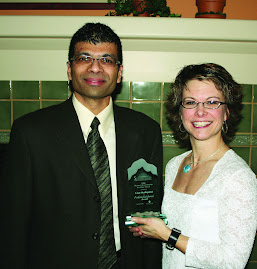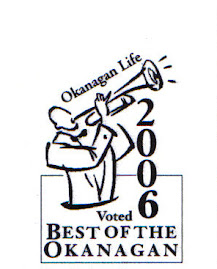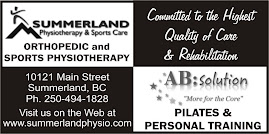The following 5 Biomechanical Principles work together to create “SMART” exercise. Exercise that is safe and effective. Learning these principles early on will ensure that you become aware of how your body functions. This will enhance your skill level and mindfulness and will allow you to be in complete control.
1. BREATHING
¨ Proper oxygenation of the blood
¨ Helps relax the muscles
¨ Decreases unnecessary muscle tension
¨ Exhaling helps to recruit the deep support muscle
¨ A relaxed and full breath pattern focuses the mind and allows for concentration to the exercises
2. PELVIC PLACEMENT
¨ Refers to stabilization of the pelvis and lumbar spine in either a
neutral or imprinted position
¨ Neutral – the natural curve of the low back is present. This is the most stable and optimal shock absorbing position to be in.
¨ Imprinted – slight posterior pelvic tilt, using the abdominals to hold this position, not the gluteals or hamstrings. This position should be used if neutral can’t be stabilized.
3. RIBCAGE PLACEMENT
¨ As well as stabilizing the pelvis against the weight of the legs in the air, the abdominals are also used to stabilize the ribcage against the movement of the arms. To keep the ribcage in good alignment, be aware of maintaining abdominal engagement, and not allowing the ribs to “POP” up when lying down.
4. SCAPULAR MOVEMENT & STABILIZATION
¨ When the shoulder blades are not stabilized there is a tendency to overwork the upper trapezius and other muscles around the neck and shoulders. Scapular stabilization should be part of the initiation of all exercises. Keep the feeling of gently sliding the scapulae down the back and in towards the spine.
5. HEAD & CERVICAL PLACEMENT
¨ The cervical spine should maintain its natural curve and the skull should balance directly over the shoulders when standing or sitting in neutral, as well as when lying down. Cervical flexion should come from lengthening the back of the neck away from the shoulders and flexing the head on the first two vertebrae of the cervical spine, Not by jamming the chin into the chest.
















No comments:
Post a Comment